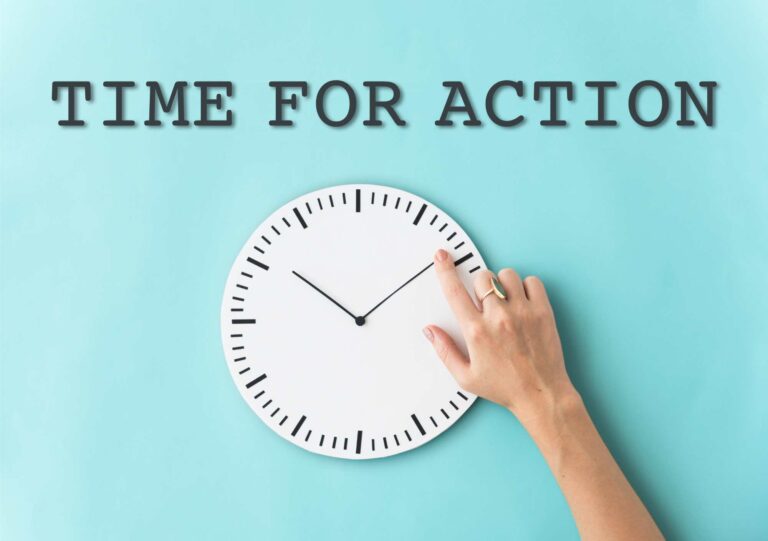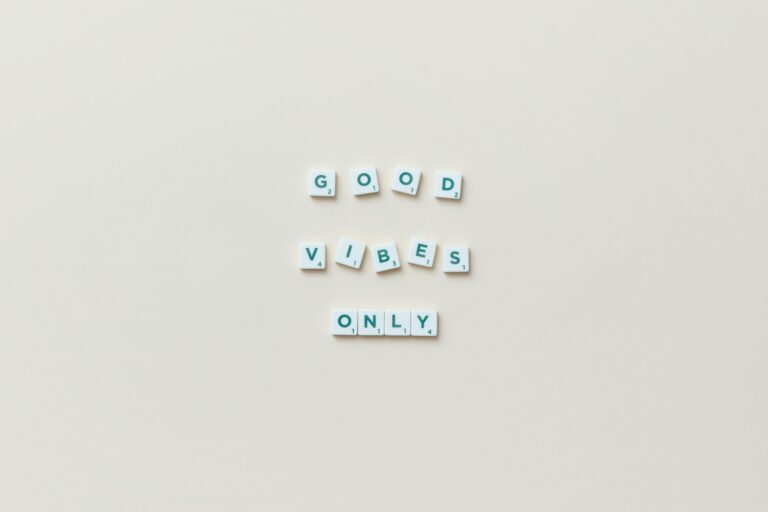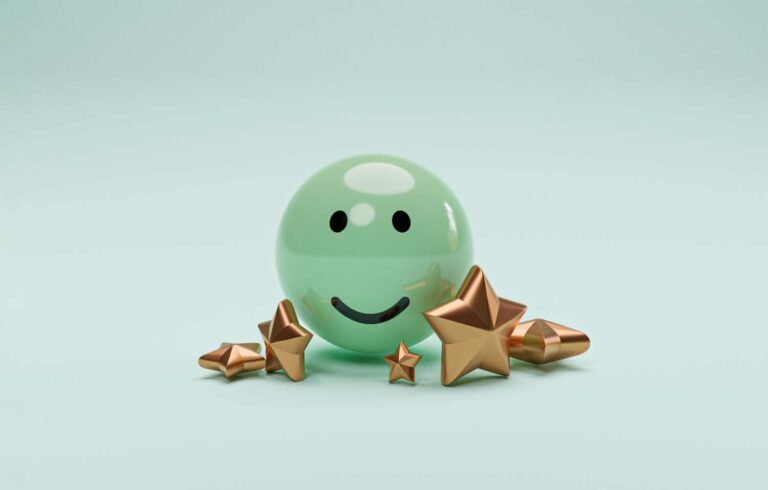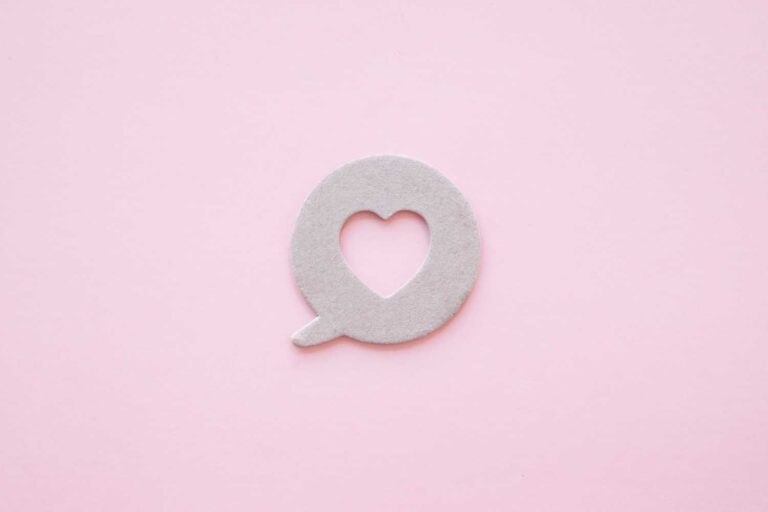How to stick to personal goals when everything else has failed
Let’s be real. You’ve probably set goals before. And if you’re reading this, they didn’t stick.
Most people set goals that fail within weeks. They start excited, hit obstacles, then quietly give up. Unused gym memberships. Half-finished projects. That voice saying “maybe I just don’t have what it takes.”
Here’s the truth: Learning how to stick to personal goals isn’t about having more discipline or some magical “success gene.” Your past failures happened because nobody taught you how to set goals that work WITH your brain instead of fighting it.
The difference between people who achieve their goals and those who don’t isn’t willpower. It’s strategy. This is how to stick to personal goals when everything else crashes.
Why most goal advice sets you up to fail
Traditional goal-setting advice is broken. Here’s exactly what’s wrong with how most people approach achieving personal goals:
Problem #1: You’re setting outcome goals instead of identity goals
Most people set goals like “lose 30 pounds” or “make $100K.” These outcome goals kill motivation because they focus on results months away while giving you zero direction for today. Your brain needs clear next steps, not distant dreams.
Problem #2: You’re counting on motivation to last
Motivation is like your phone battery – it drains. When you build success on motivation alone, you’re building on quicksand. Real success comes from systems that work even when you don’t feel like it.
Problem #3: You’re fighting your brain’s natural wiring
Your brain’s job is keeping you safe and conserving energy. When you try changing established patterns, it fights back hard. Most frameworks ignore this resistance, leaving you battling an invisible enemy.
Problem #4: You have no plan for obstacles
Life will throw curveballs. The difference between success and failure isn’t avoiding obstacles – it’s having a clear plan for when they hit.
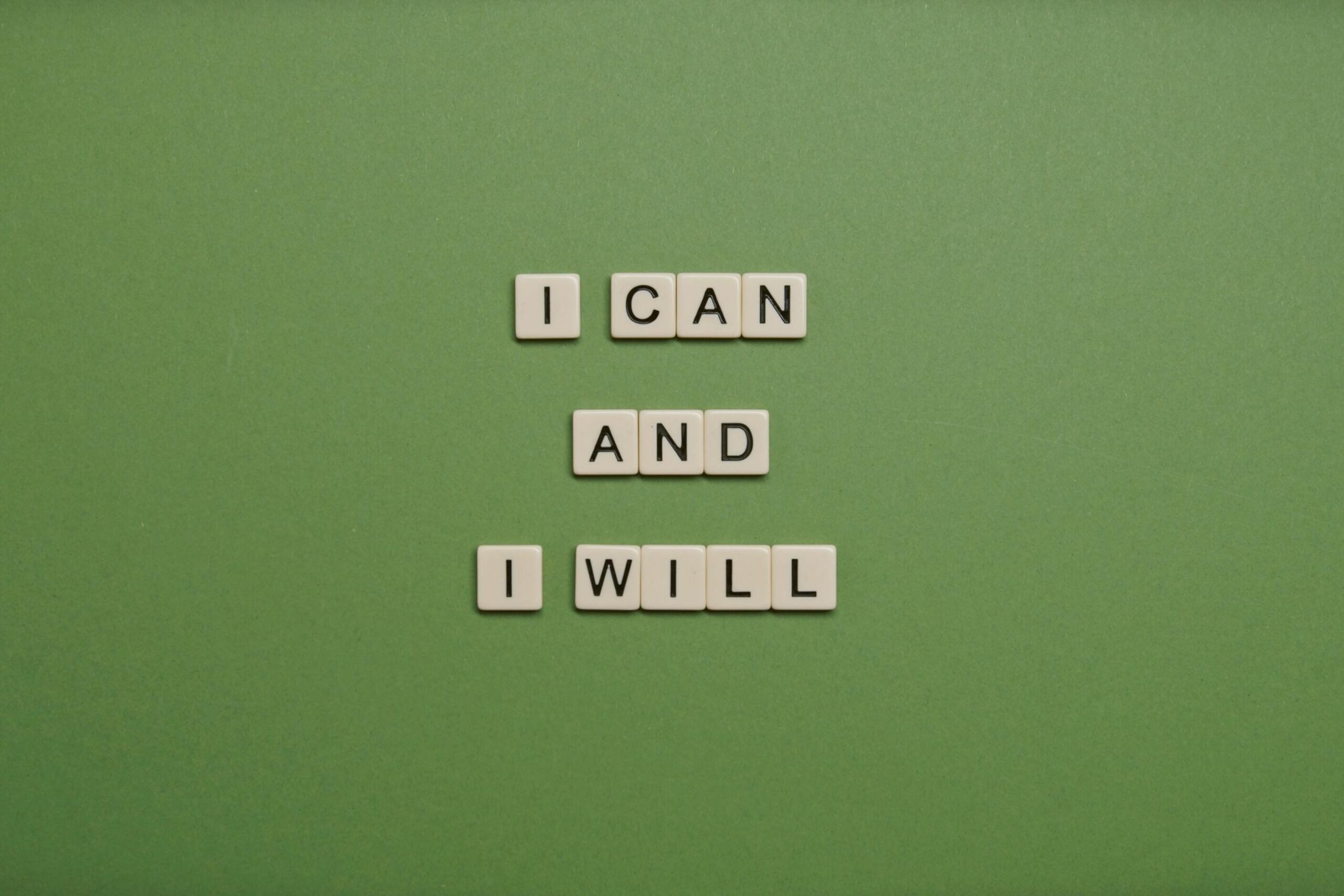
The hidden shame cycle that keeps you stuck
Here’s what nobody talks about: Failed goals don’t just disappoint you – they damage your identity.
Every time you set a goal and don’t follow through, your brain collects evidence that you’re someone who “doesn’t finish things.” Each abandoned project becomes proof that you lack willpower. Every Monday restart confirms that you’re “not disciplined enough.”
This creates a vicious cycle:
- You set a goal with genuine intention.
- Life gets challenging and you struggle to maintain it.
- Instead of adjusting your approach, you assume YOU’RE the problem.
- You quit and tell yourself you’ll “try harder next time”.
- Your confidence drops, making the next goal even harder.
The real tragedy? You’re not undisciplined. You’re not lacking willpower. You’re just using a framework designed to fail.
How to stick to personal goals – the 4-part framework that actually works
After years of failed attempts and studying what actually creates lasting change, I’ve discovered a framework that works. This isn’t about becoming more disciplined – it’s about making success inevitable through smart design.
Part 1: Identity-based goals (become, don’t just do)
The most powerful goals aren’t about what you want to achieve. They’re about who you want to become.
- Instead of “lose 20 pounds” → “I’m becoming someone who takes care of their body”
- Instead of “save $10,000” → “I’m becoming someone who makes smart money decisions”
- Instead of “write a book” → “I’m becoming someone who creates and ships work”
Why this works: Your brain makes decisions based on who you think you are. When your actions match your identity, they feel natural. When they don’t, your brain fights back. Research from James Clear’s Atomic Habits confirms that identity-based habits are the most sustainable form of behavior change because they align with your core beliefs about yourself.
To set identity-based goals:
- Ask: “What kind of person achieves what I want?”
- Define their core qualities and behaviors.
- Write: “I am becoming someone who…”
This simple shift changes everything. Instead of forcing actions that feel weird, you’re just being who you’re becoming.
Part 2: System goals over outcome goals (the secret to consistent progress)
Once you know who you’re becoming, create system goals – the daily processes that get you there.
Vague system goal: “Walk 30 minutes daily.”
Specific system goal: “Walk 30 minutes immediately after my morning coffee, around the same 3-block route, while listening to my ‘morning energy’ playlist. If it’s raining, I’ll do a 30-minute YouTube workout in my living room.”
Vague system goal: “Save money each week.”
Specific system goal: “Every Friday at 2pm, transfer $200 from checking to my ‘future me’ savings account. If there’s less than $200 available, transfer whatever amount is there above my $500 minimum checking balance.”
System goals give your brain what it needs: Clear direction for today and immediate feedback. When you focus on systems instead of outcomes, you stop constantly checking if you’re “there yet” and start getting daily wins that build momentum.

Part 3: Environment design (how to stick to personal goals without willpower)
Your environment will always beat your intentions.
No matter how committed you are, if your environment makes your goal hard, you’ll eventually give in. But when your environment makes your goal the easy choice, success becomes automatic.
The 20-second rule: Make goal-supporting behaviors take less than 20 seconds to start. Make goal-sabotaging behaviors take more than 20 seconds.
Examples:
- Want to eat better? Keep healthy snacks visible, hide junk food.
- Want less social media? Delete apps from your phone.
- Want to exercise more? Set out workout clothes the night before.
- Want to save money? Delete shopping apps and unsubscribe from marketing emails.
To design your environment:
- Find the moments where your goal succeeds or fails.
- Remove obstacles from behaviors that support your goal.
- Add obstacles to behaviors that hurt your goal.
- Create visual reminders of your new identity.
Part 4: The failure firewall (your safety net)
Even with perfect identity, systems, and environment, you’ll still face obstacles. The difference between people who stick to personal goals and those who don’t isn’t that they never mess up – it’s that they have specific plans for when things go wrong.
A failure firewall is your pre-planned response to challenges. It stops one bad day from becoming permanent failure.
Create if-then plans for common obstacles:
For exercise:
- If I’m traveling → I’ll do 20 bodyweight exercises in my hotel room.
- If I had terrible sleep → I’ll do a 10-minute walk instead of my full workout.
- If I missed yesterday → I’ll do today’s workout no matter what, even if it’s just 5 minutes.
For healthy eating:
- If I’m at a restaurant with no healthy options → I’ll eat half the portion and skip appetizers.
- If I’m stressed and want comfort food → I’ll have it, but add a vegetable and drink water first.
- If I already ate something unhealthy → The rest of the day still counts, I’ll make the next meal healthy.
The power is in removing decision-making during weak moments. You don’t have to figure out what to do when obstacles hit – you already know.
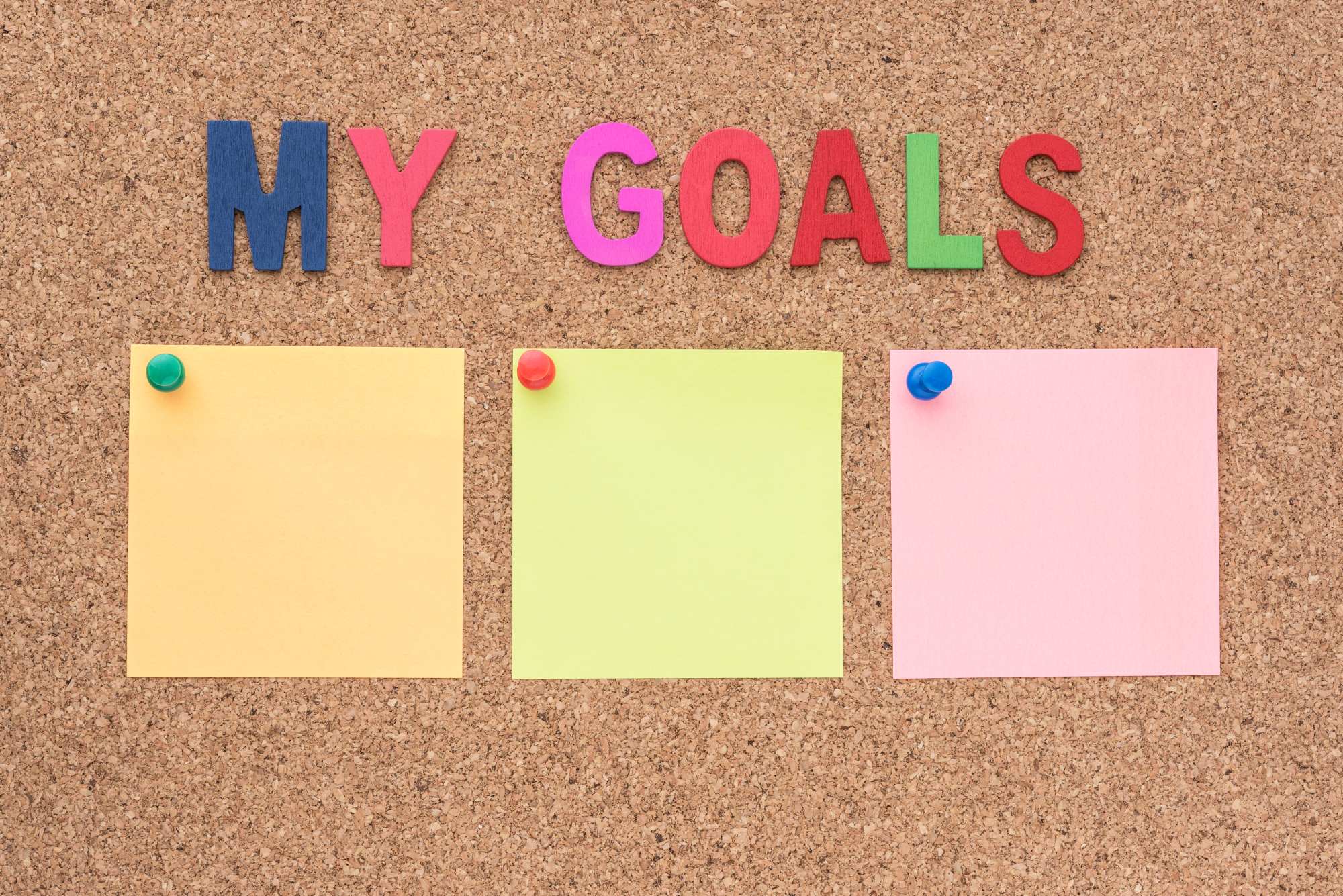
Putting it all together
Here’s how to use these four parts:
Step 1: Define your identity goal
Start with who you want to become.
Example: “I am becoming someone who’s in control of their money and makes smart choices.”
Step 2: Create your system goals
Define the daily processes that get you there.
Example: “I check my account every morning and review my spending plan every Sunday. I wait 24 hours before buying anything over $50.”
Step 3: Design your environment
Make your systems the easy choice.
Example: “I delete shopping apps, unsubscribe from marketing emails, and set up automatic savings transfers.”
Step 4: Build your failure firewall
Plan for obstacles.
Example: “If I impulse buy something, I return it or add the same amount to savings. If I want to spend emotionally, I look at my goals first and wait 24 hours.”
This creates a cycle where:
- Your identity shapes your systems.
- Your systems create daily wins.
- Your environment makes systems easier.
- Your failure firewall keeps you on track.
The result? Consistent progress that doesn’t depend on motivation or perfect conditions.
The daily success ritual (5 minutes that change everything)
With your framework set up, there’s one more thing that makes success way more likely: a daily success ritual.
This 5-minute practice reinforces your identity, confirms your systems, and keeps you connected to your personal development goals through ups and downs. Once you understand how to stick to personal goals through identity and systems, this 5-minute ritual locks it all in.
Morning identity check (30 seconds)
Read your identity statement out loud: “I am becoming someone who…”
This isn’t positive thinking. This is choosing your identity before the world makes demands on your attention.
System confirmation (1 minute)
Review your system goals for today. Be specific about when and where.
Not “I’ll work out today.” Instead: “I’ll do my 20-minute workout at 5:30pm in the living room.”
Environment check (1 minute)
Quick scan: Is anything making your goal harder than it needs to be? Make one small adjustment.
Visualization (1 minute)
Spend 60 seconds seeing yourself following through on your systems today. Make it detailed – see the environment, feel the actions.
Evening reflection (2 minutes)
Ask: “How did my actions match my identity today? What went well? What needs adjustment tomorrow?”
This isn’t about judging yourself. It’s about gathering data to get better.
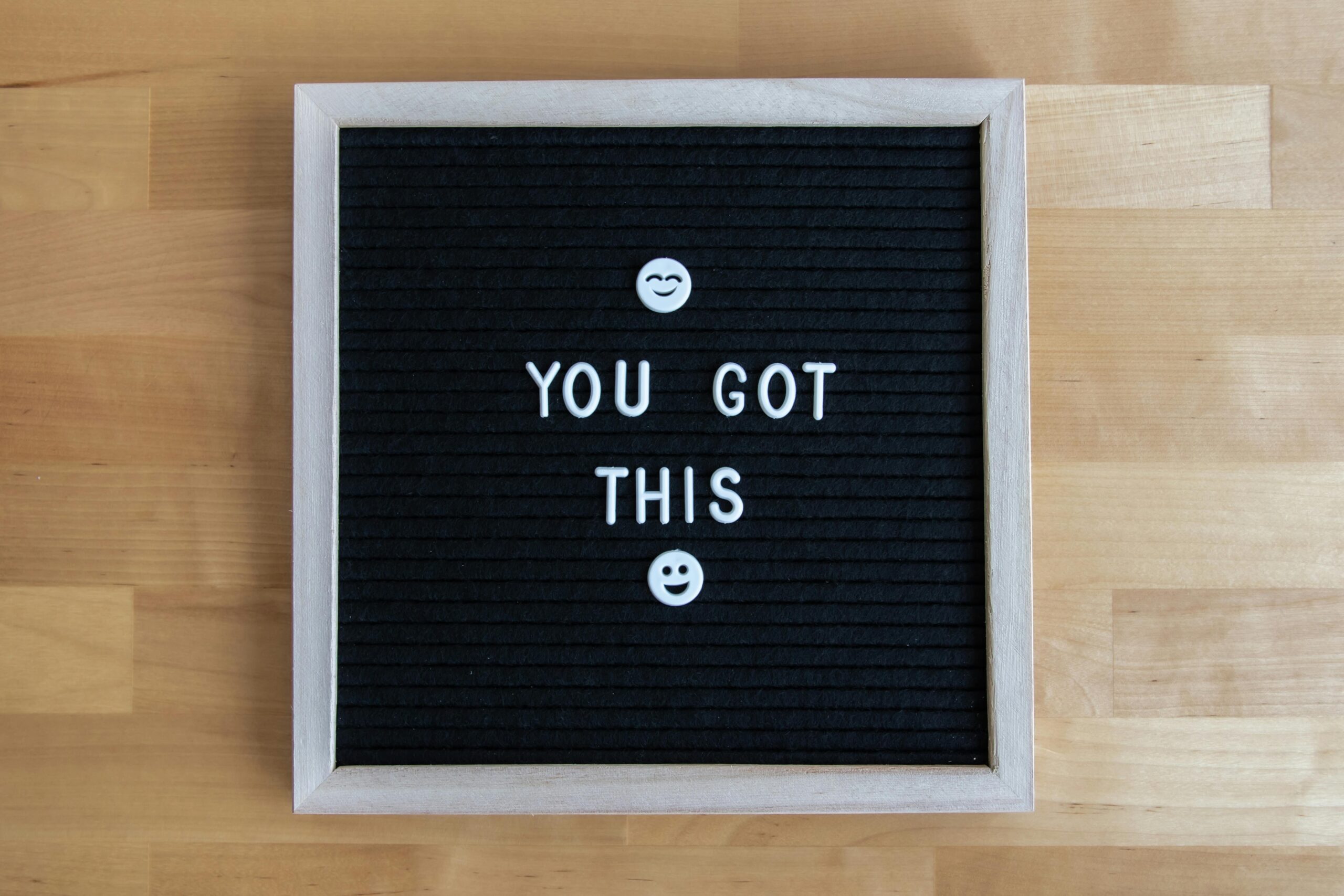
What to expect (the three phases of sticking to personal goals)
Understanding what’s coming helps you stay on track:
Phase 1: The excitement phase (days 1-14)
High energy makes starting easy.
Trap: Overcommitting or relying on this energy to last.
Strategy: Use this energy to set up systems and environment, but don’t count on motivation.
Phase 2: The reality phase (weeks 2-6)
Initial excitement fades. Real obstacles show up. Results aren’t obvious yet.
Trap: Questioning if this works, comparing yourself to others.
Strategy: Trust your systems, not your feelings. Focus on daily actions, not outcomes.
Phase 3: The integration phase (month 2+)
Systems become automatic. Identity shifts become noticeable. Progress speeds up.
Trap: Getting bored or losing focus when things get easier.
Strategy: Look for ways to refine your systems. Connect with others doing similar work.
What feels like struggle in phase 2 is actually normal. It’s your brain adapting to new patterns.
Bottom line
The difference between setting goals and achieving them isn’t about trying harder. It’s about working with your brain instead of fighting it.
When you align identity, systems, environment, and failure plans, you create conditions where success becomes likely. You stop forcing yourself to take action – the right actions start feeling natural.
Remember:
- Identity drives behavior
- Systems create results
- Environment shapes choices
- Failure plans ensure consistency
This framework doesn’t just help you achieve specific goals. It changes how you approach every challenge.
So what kind of person are you becoming? And what systems will prove that today?

Your next step: Stop setting goals that fade
Now you know how to stick to personal goals when everything else has failed – the question is, which identity will you choose today? Our workbooks give you the tools, templates, and daily guidance to implement everything in this article:
Struggling with procrastination and getting started?
The Beat procrastination workbook gives you a 30-day system to break the avoidance cycle and start making real progress.
Need help figuring out what actually matters?
The Decision making workbook helps you cut through overwhelm and focus on goals that create real impact.
Want to develop focus that doesn’t break?
The Productivity and focus workbook shows you how to eliminate distractions and maintain deep concentration on what matters.
Ready to build discipline that sticks?
The Self discipline workbook gives you the exact framework to develop habits that turn goals into results.
Stop setting goals that disappear. Start creating conditions for success that last.


